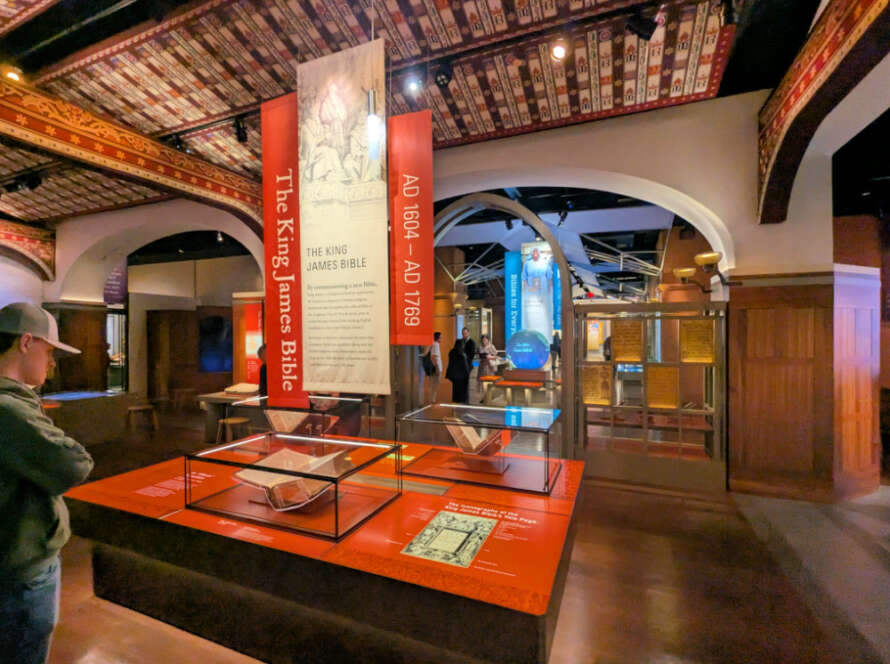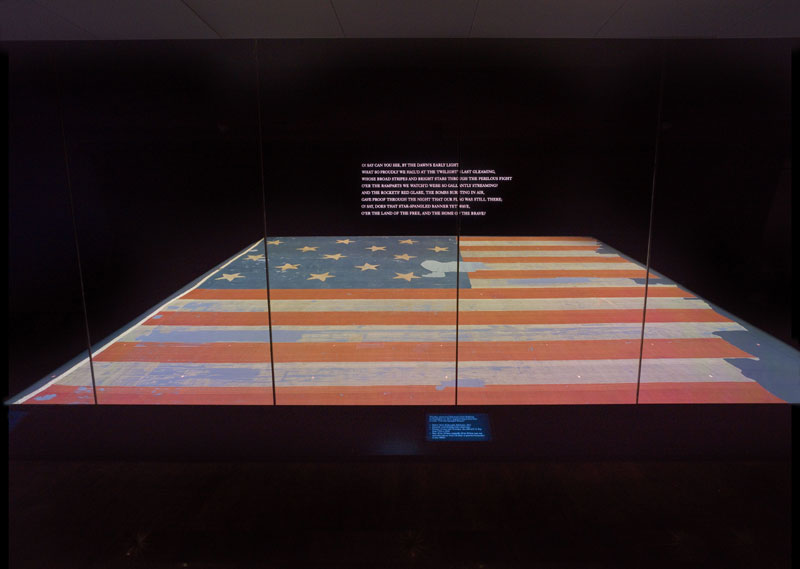When you meet him, Vyrl Keeter introduces himself as a retired educator but after watching his passion as a Cherokee Nation culture keeper, you’d be right to wonder if he’s ever really left education behind.
This weekend at the National Museum of the American Indian, you’ll find him sitting just off the atrium, the clack of stone hitting stone and breaking shards of rock leading you to the booth where he’s demonstrating the age old process of arrowhead making.
What if the next generation doesn’t know how to create the tools and weapons your people have used for thousands of years? As a recognized Cherokee National Treasure, Vyrl Keeter is keeping the flint knapping traditions of the Cherokee Nation alive. As visitors wander by he engages in conversation and is quickly telling stories of the difference between types of stone and arrow head designs. Arrows he’s made and arrowheads he’s found on his property. Past and present exist side by side in the same time conversation…
As he works, a rough chunk of stone becomes a roughed out arrowhead in 20 minutes time. To my eye it looked like a random process but Vyrl is clearly reading the stone and it responds to his hand.
Sitting here today, he’s 1,230 miles from home in Muskogee, Oklahoma. But three floors above him in the museum, the Treaty of New Echota was put on display this morning; the very treaty that laid the groundwork for the Trail of Tears and the forced migration of his ancestors from Georgia to the Indian Territory of Oklahoma.

But as disturbing as the historic relocation is, a people that lose their culture lose something even greater than their homeland. And Vyrl Keeter is a part of keeping the culture alive.
So stop by the American Indian Museum this weekend to experience Cherokee Days and meet Vurl and other Cherokee like him, who are proud of their culture and fighting to keep their culture alive. And when you meet him, you to will realize he may think of himself as a retired educator, but he’s never left it behind.


